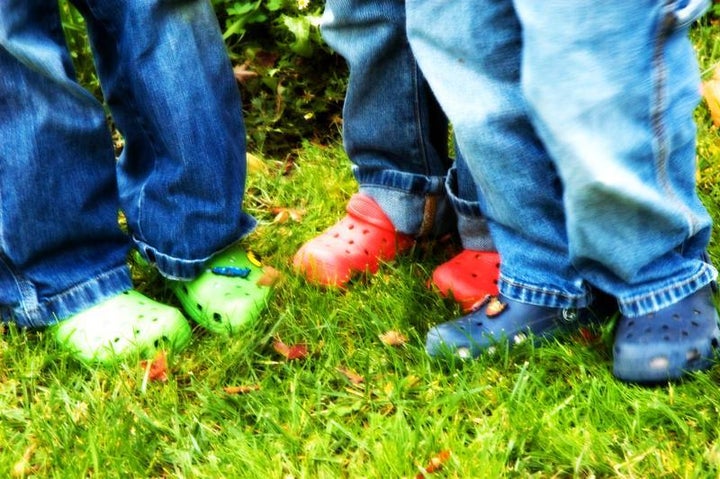
Children are so amazing at what they soak in from what they see around them. I think we often assume that their primary method of learning is words, so we are careful about avoiding those nasty Anglo-Saxon words we don’t want them to scream out loudly at school or pre-school. Hopefully, we are just as careful with racial slurs or any derogatory words aimed at degrading people who are different from us.
At The Same Time, We Can’t Just Ignore Racism Or Bigotry In Any Sense
Other people have different skin tones, different religions, different ethnicities, different politics or just plain different opinions. That doesn’t make us better or them appropriate targets for our disdain or bias.
It Is Important To Start The Conversation When Children Start Noticing Or Experiencing Them
It could be a comment they make or your recognizing your young daughter taking particular notice of another little girl who is a different race or speaks a different language. You might just comment that you like seeing your daughter with her new friend or telling her the name of the language she is hearing. It’s important for your children to know that talking with you about these new things is safe for them. As their experiences grow, the recognition of differences may not be so benign.
Use Media To Your Advantage
Instead of watching and reading the status quo books and shows, branch out. Head to your local library or bookstore and seek out books with diverse main characters who are different from your child. You can normalize diversity by modeling inclusive media choices, even without a pre-planned discussion. If you are an introverted caretaker, maybe a little nervous about how to start—just read a book together and let the experience be organic.
Your Son May See Bullies Target Those Who Are Different
You’ll want to find the words to let him know you share his feelings and that differences are not an excuse for any bad behavior. In fact, you’ll probably want to discuss appropriate behavior given the situation.
Yes, Actions Do Speak Louder Than Words
Hopefully, you are already monitoring your own behavior, being careful to treat a stranger who doesn’t look like you with the same respect as the stranger who does look like you.
Being welcoming to all and building relationships across differences may often feel foreign in a world where we are regularly shown people’s bad behavior toward others, including unspeakable violence. Your own actions will go a long way toward teaching your children about the world you would like them to grow up in and their expected behavior in it.
The older your children get ― and the more they are away from you ― they may witness or experience benign and not-so-benign behavior. You want to make sure they can tell the difference — and that they know what behavior is acceptable. They are growing up in a very diverse world where their understanding of diversity and their ability to include different people will be very important to their success.
Originally posted February 28, 2017 on the tmiconsultinginc.com blog
Dr. Tiffany Jana is an international public speaker and the co-founder of TMI Consulting Incorporated, a diversity and inclusion management consulting firm founded in 2003 and headquartered in Richmond, Virginia.